"In the early days of the Boy Scout movement, a troop was formed in Largo, and went on very successfully for a considerable number of years. In the Great War it was found impossible to get a Scout Master and so the troop was allowed to lapse. With the return of peace it was revived, and is now a flourishing body under the leadership of Scoutmaster Kay."
The origins of the Scouting movement as a whole can be traced back to 1907, when Robert Baden Powell held a camp on Brownsea Island in Dorset to test out some of the ideas in his 'Scouting for Boys' book. The book was originally intended to be a training aid for existing organisations but it quickly became the handbook of a new movement. Scout patrols were rapidly set up all over the country. A patrol was formed in Leven late in 1908 (see 5 December St Andrews Citizen article below).
When Baden-Powell formally set up the Boy Scouts Association in 1910 it had over 100,000 participants. In March 1910 there were 650 Boy Scouts on the register of the Fife Association and the number was expected to double within twelve months (26 March 1910 St Andrews Citizen). A key figure in the beginning of Scouting in Largo was Major George James Lumsden who lived at Aithernie House (now the Old Manor Hotel). In his obituary (Fife Herald 23 Sept 1953), following his death aged 88 at Cupar, stated that "while resident at Lundin Links, Major Lumsden began a long connection with the Boy Scout movement that culminated in his receiving in 1938 the highest honour the Scouts can bestow, that of Silver Wolf. He was chairman in 1910 of the committee that formed the first troop of Scouts [there]."

Despite stories in the early part of the war of Scouts assisting the Coast Guard in watching the coast, collecting money for various war funds and acting as test patients for the Red Cross, the regular troop meetings couldn't continue with leaders absent. However, Largo Scouts were re-established after the war ended and by the 1920s the newspapers ran stories of the their activities including running cake and candy stalls, celebrating Burns Night, giving concerts and of course taking part in Remembrance services. An innovative "comic dog show" was held in 1930 at Durham Hall. Local dogs such as 'Paddy', 'Rover' and 'Spotty' competed in categories such as 'most handsome dog', 'dog with the longest tail' and 'dog with the most "soulful eyes"'! In 1935 the older Scouts set the bonfire on Largo Law that was part of a chain of beacons to celebrate the silver jubilee of King George V. The Sale of Work advertised below dates to August 1950 (Fifeshire Advertiser).
The Largo Scouts base was the old schoolroom on the east side of North Feus, Upper Largo. The school had moved to new premises further up the same street in 1879 (where it remains to this day). The old school had been taken over by the Largo Field Naturalists' Society (established 1863) soon after the school's relocation, as a base for the society and to house their museum. When the Montrave Hall was opened in Lundin Links in 1910, the Society moved their museum to an annex there. The Field Naturalists continued to own the North Feus hall but let this to the Largo Scouts for many decades.
Below is the programme from a 1962 Scout fund-raising show called "Laughter United". Many of the boys pictured in the photograph at the beginning of this post likely took part. Perhaps you remember this show or other Scout events over the years? If so, please comment.
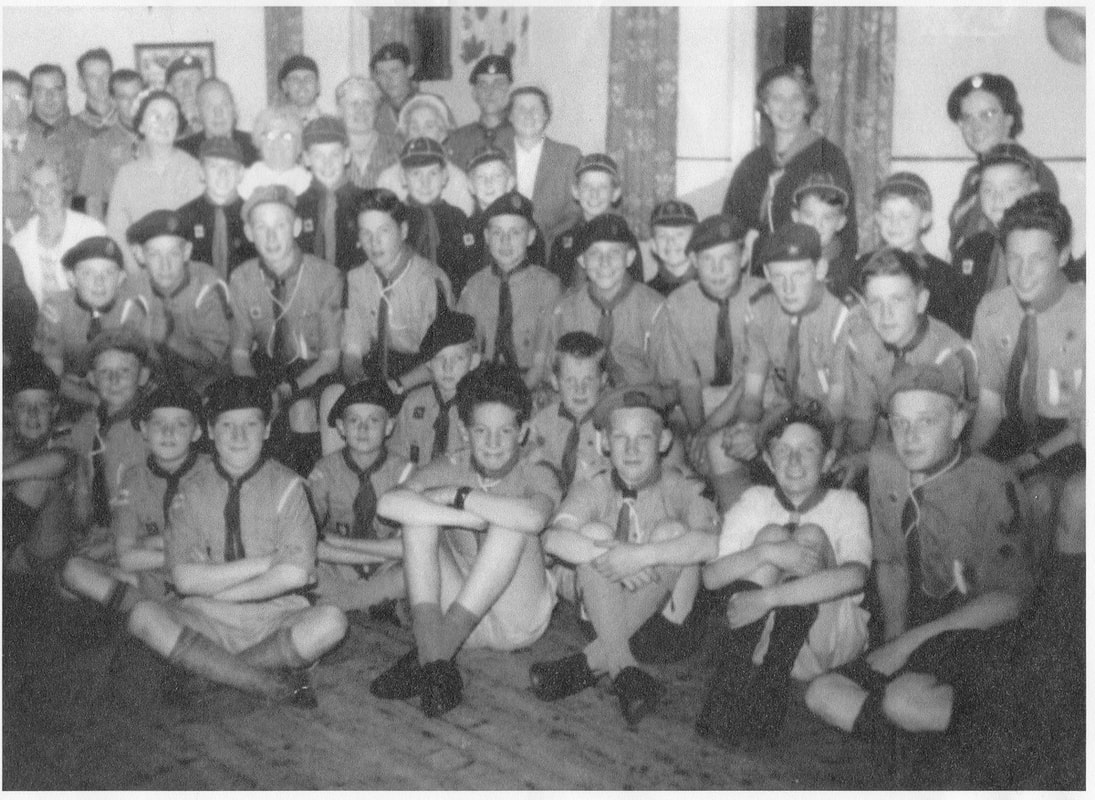
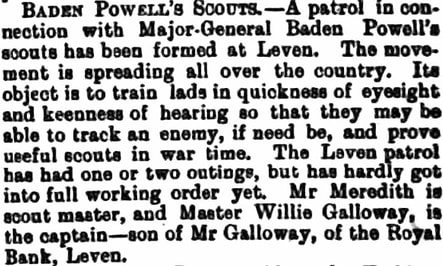
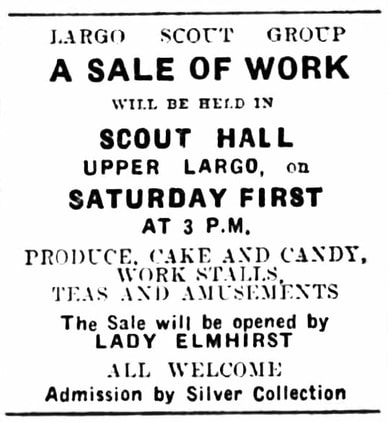
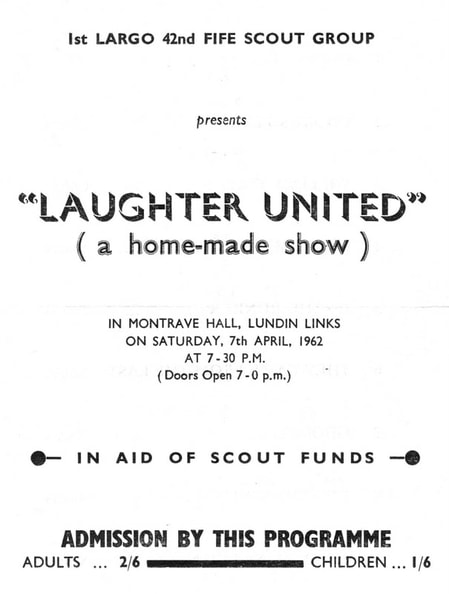
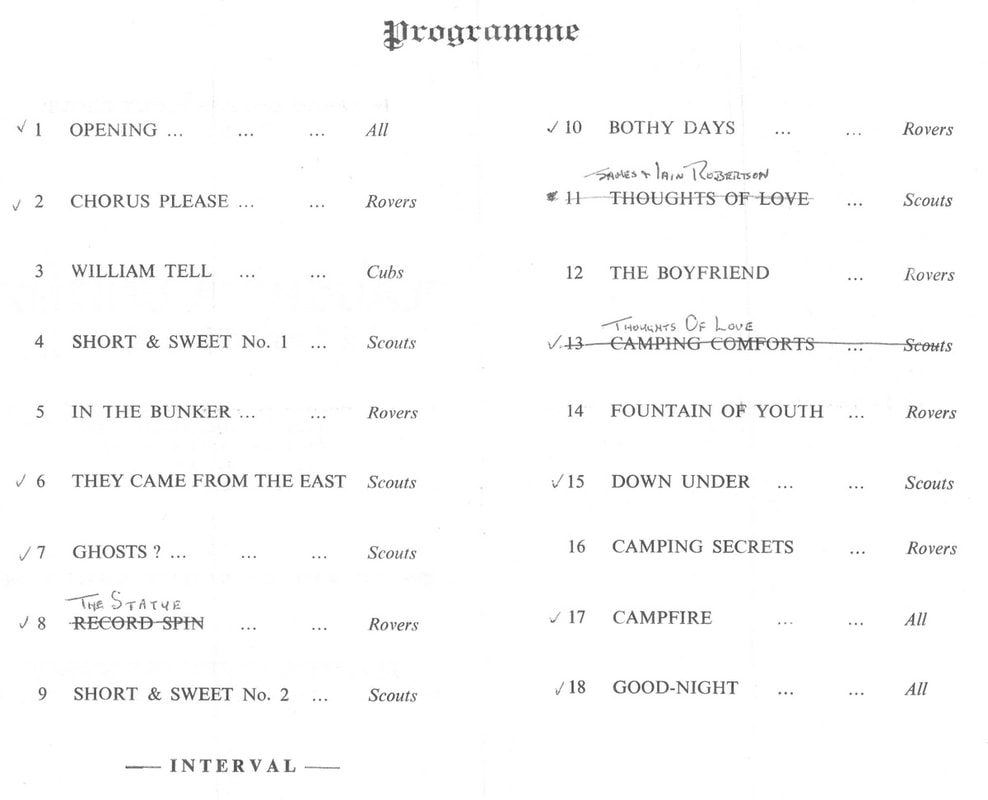


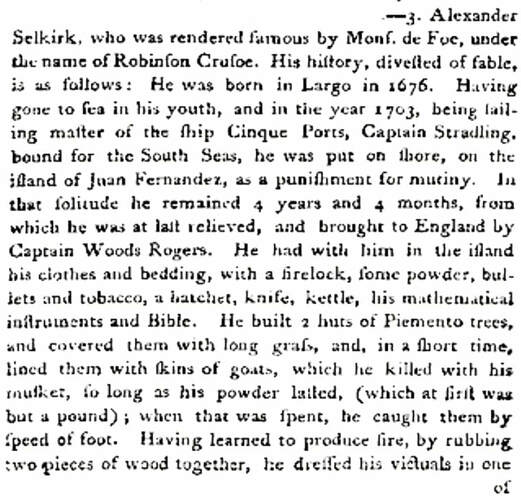
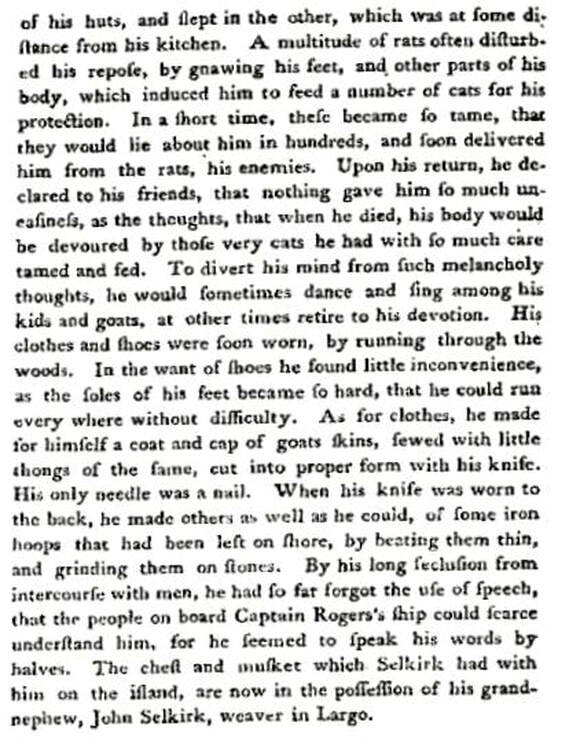
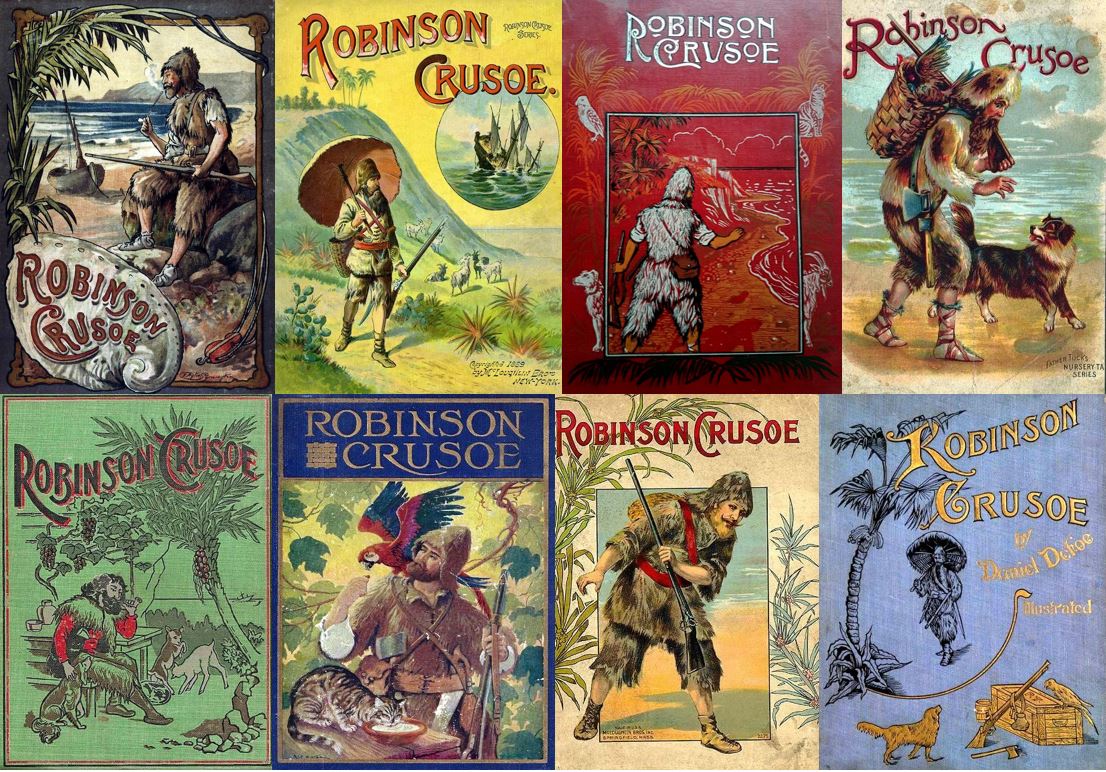
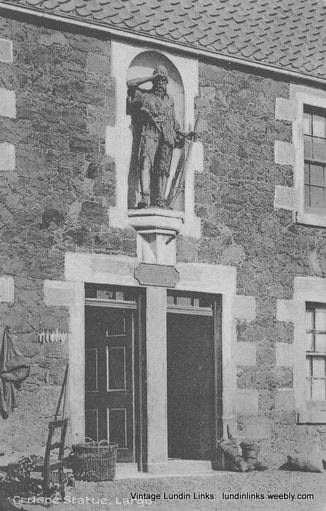


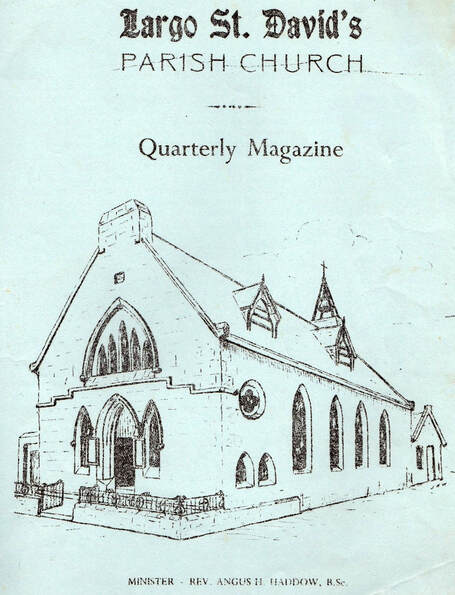
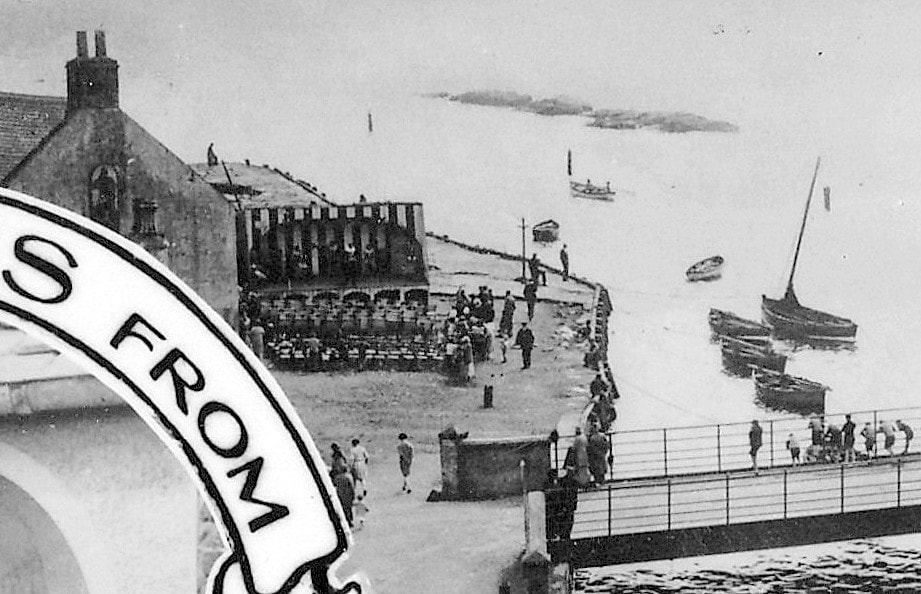


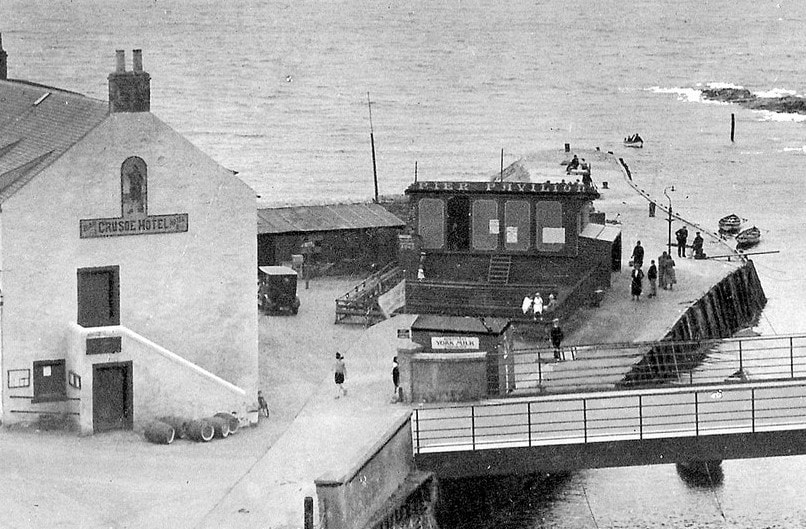

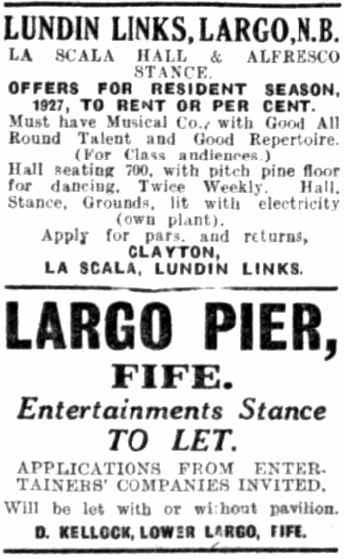
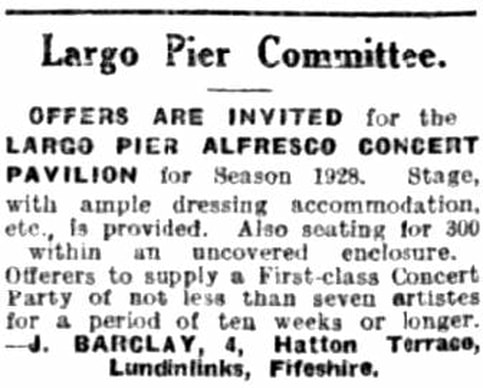
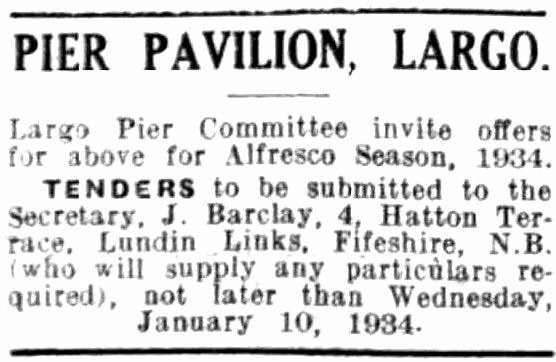
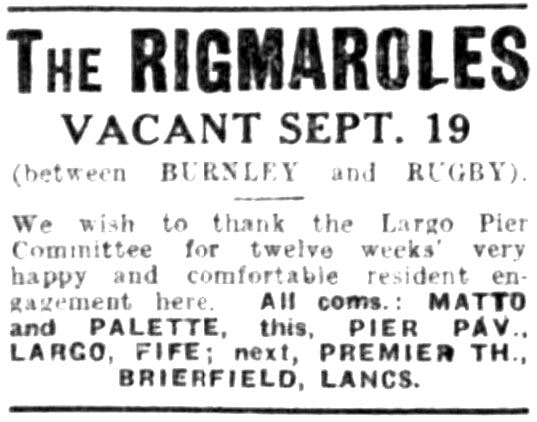
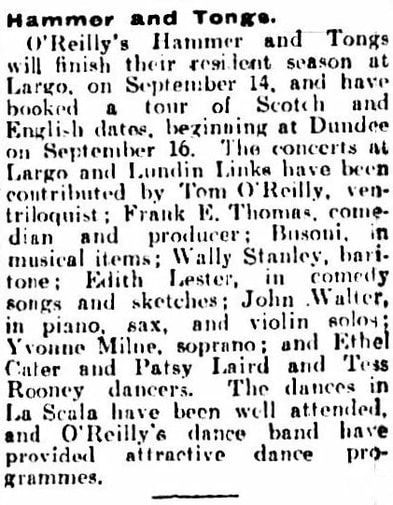
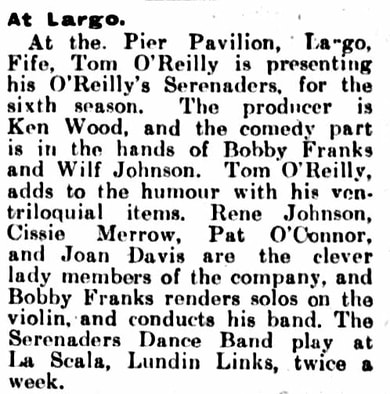
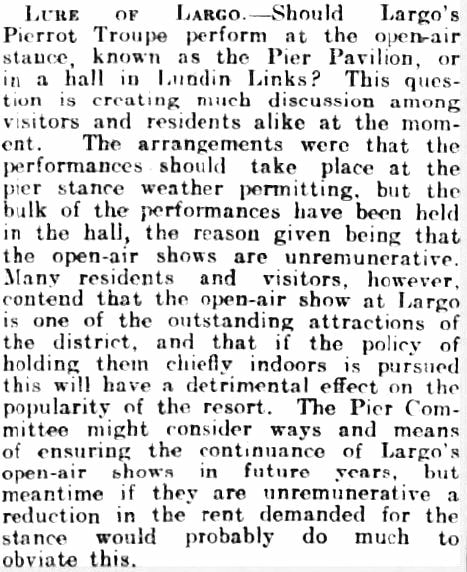

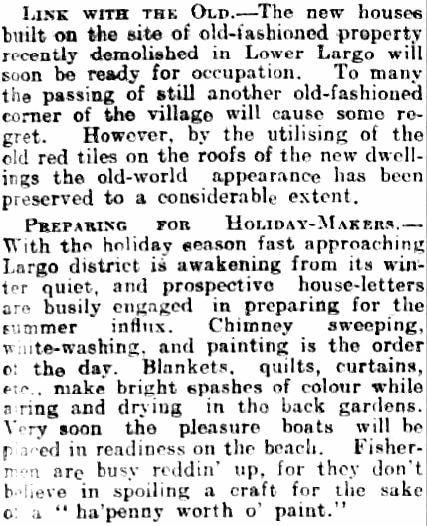
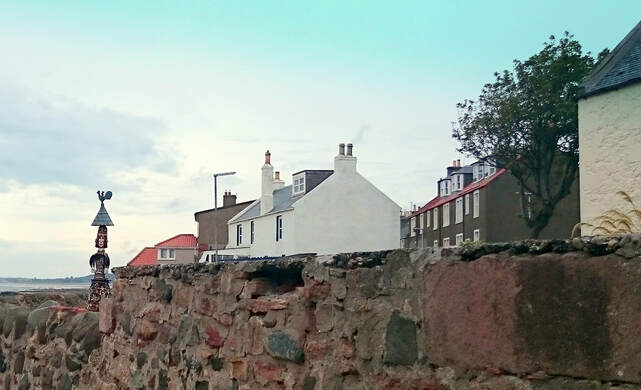
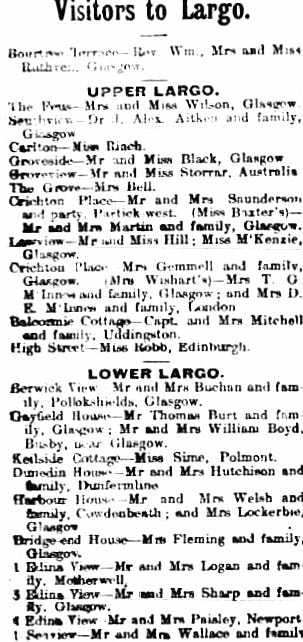
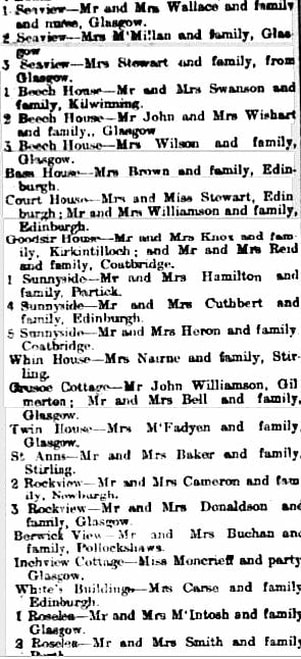
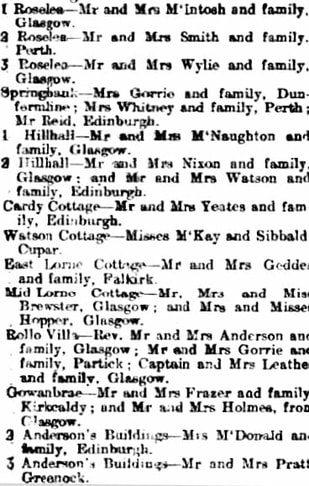
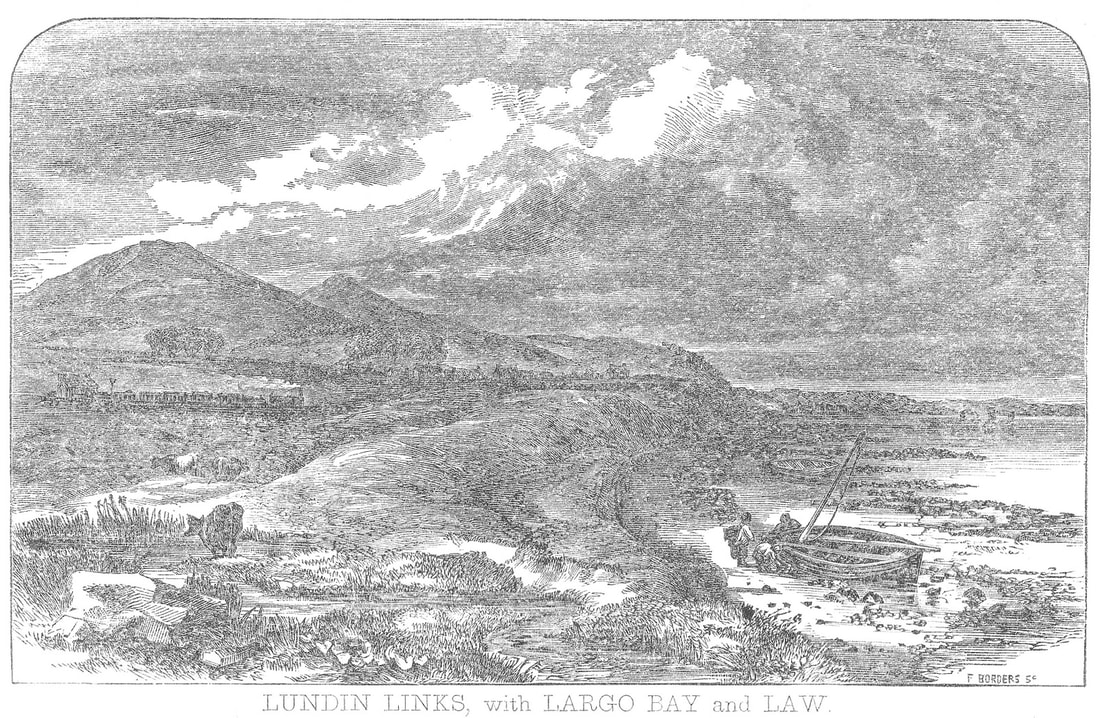
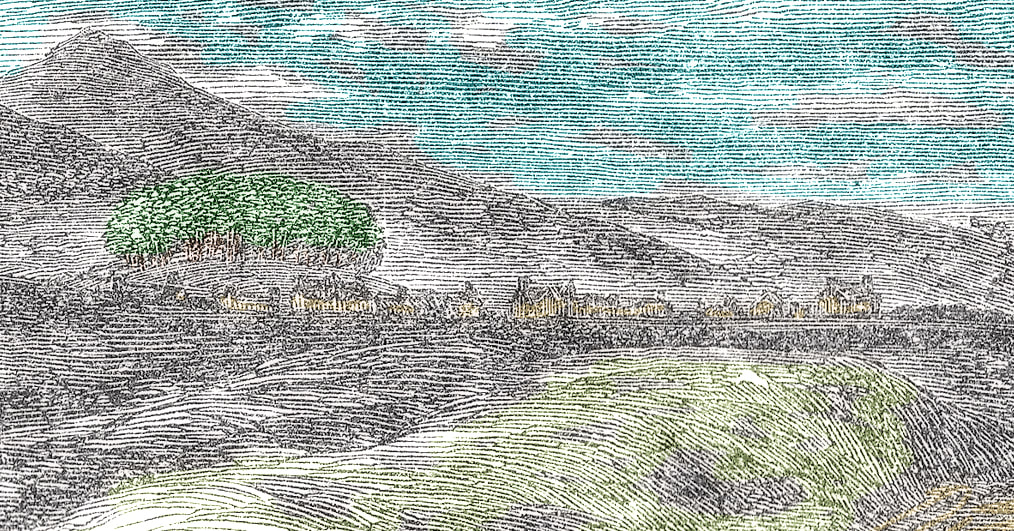
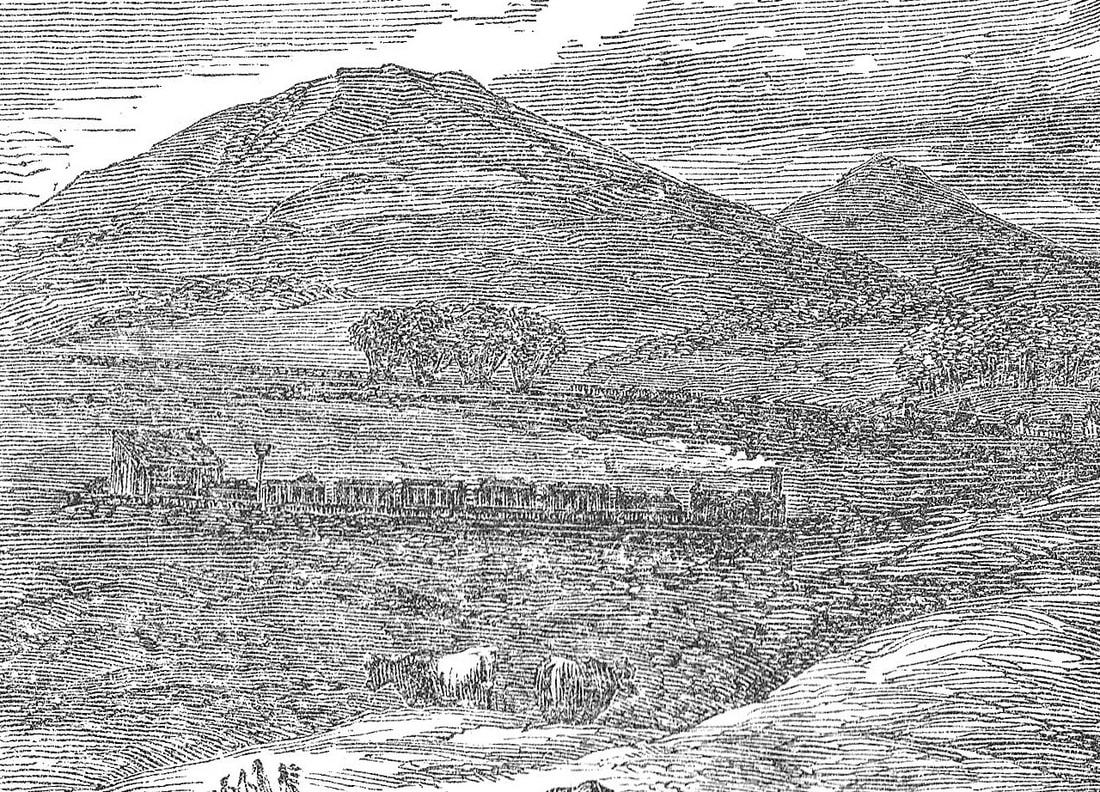
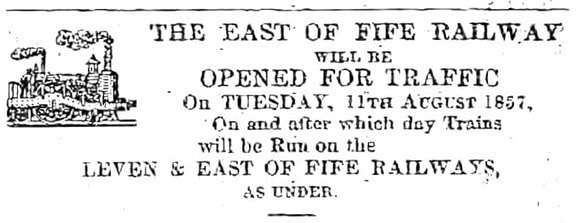
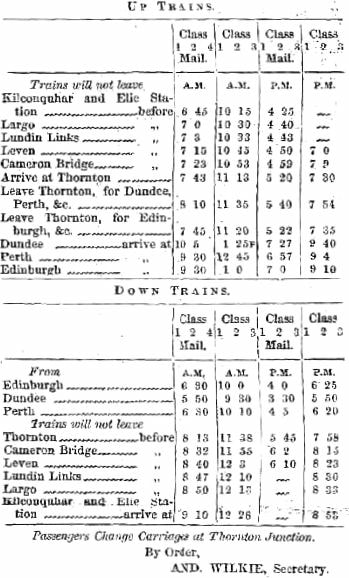
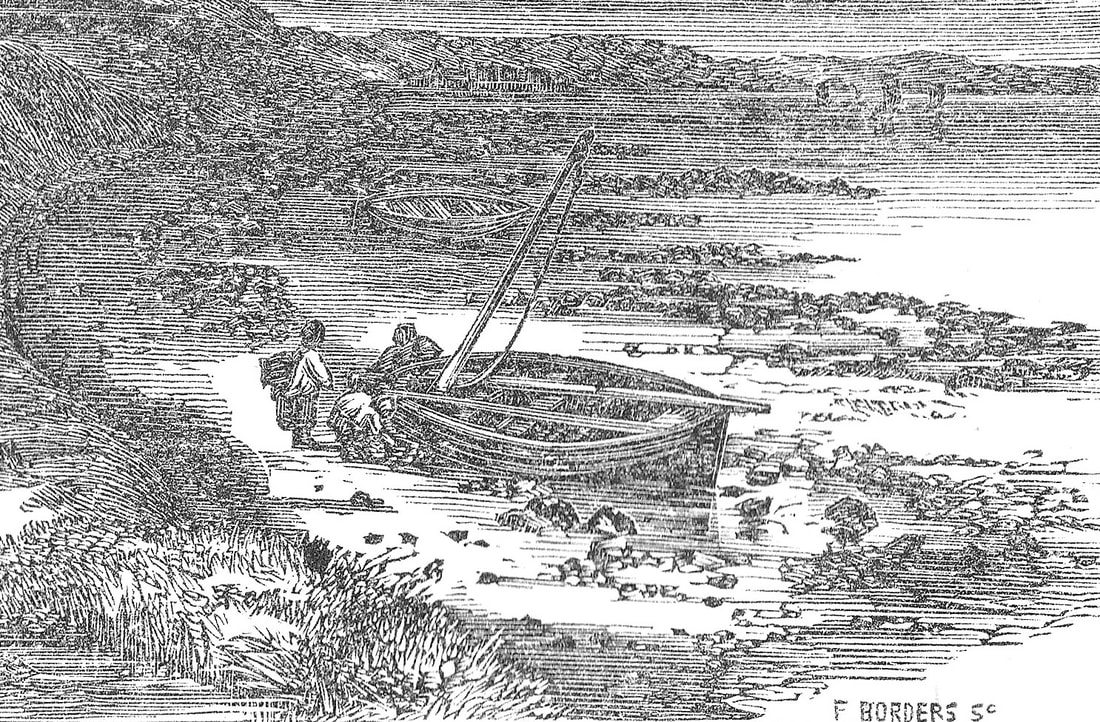
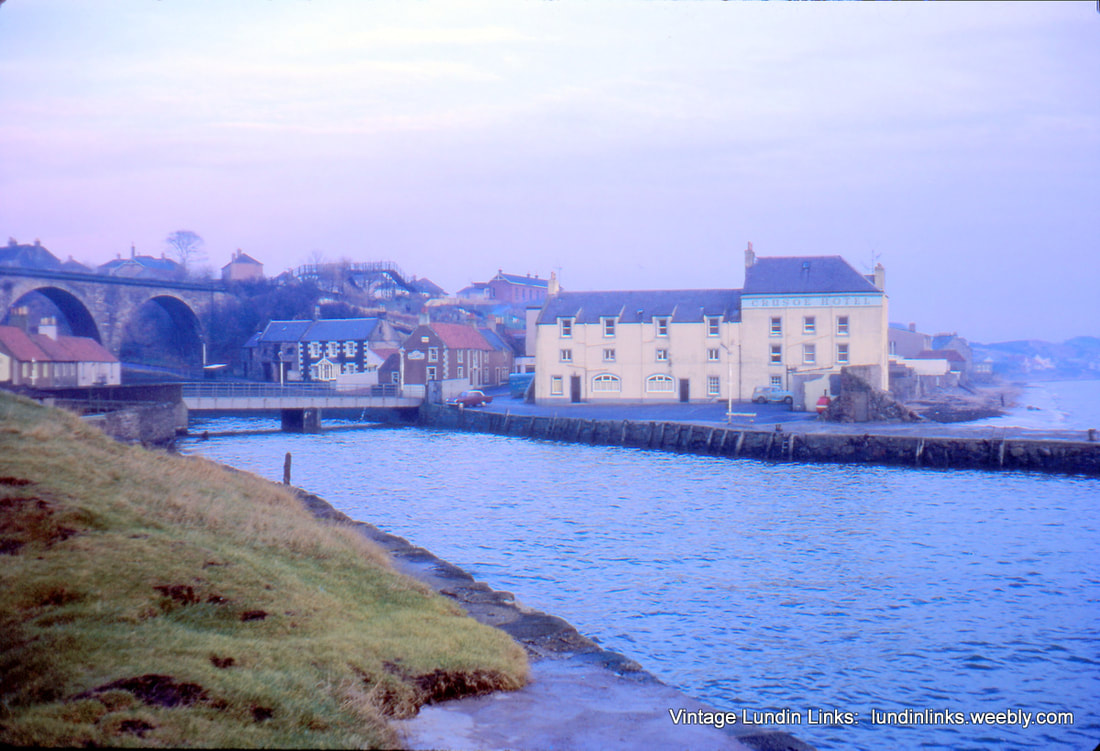
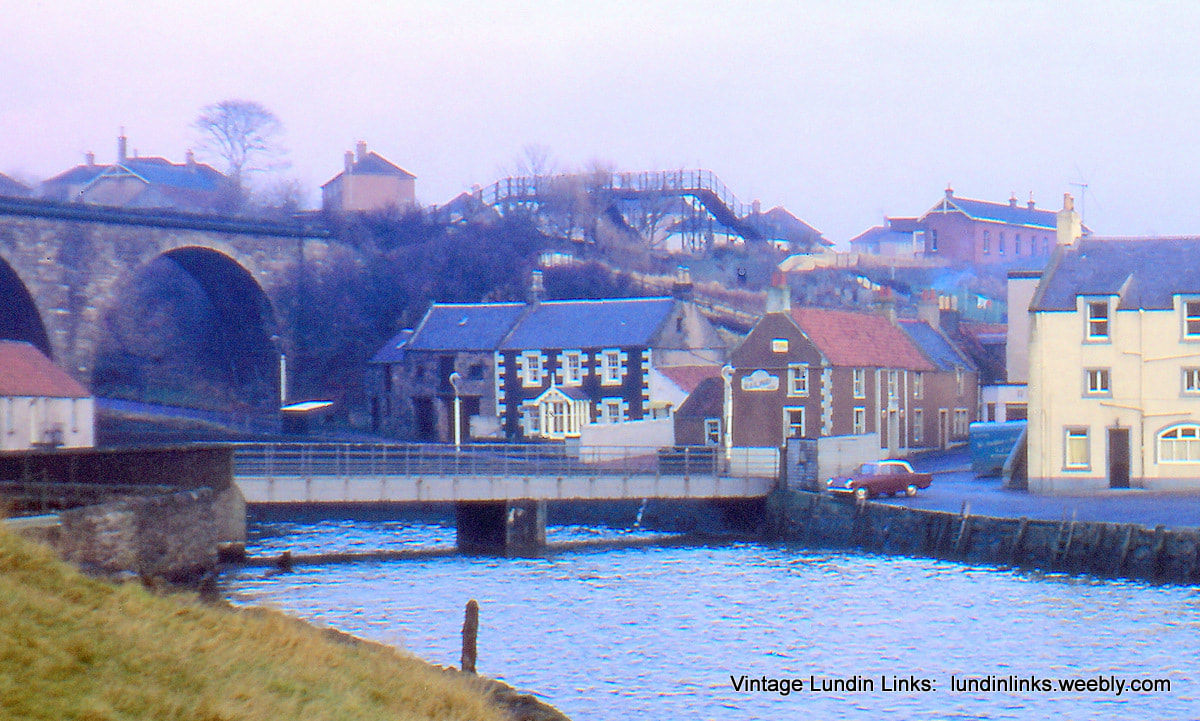
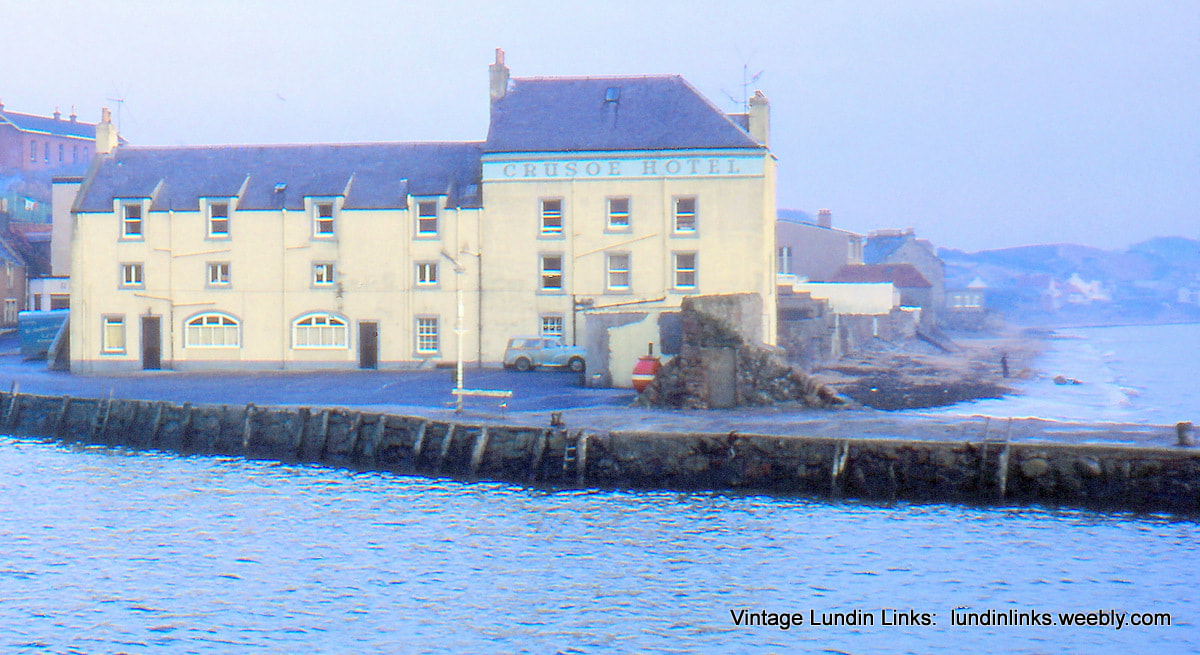
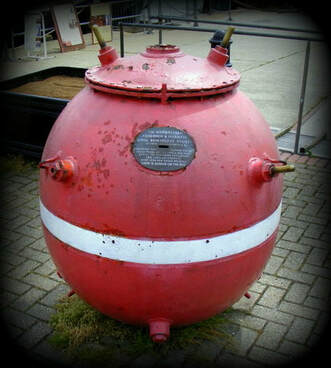
 RSS Feed
RSS Feed
